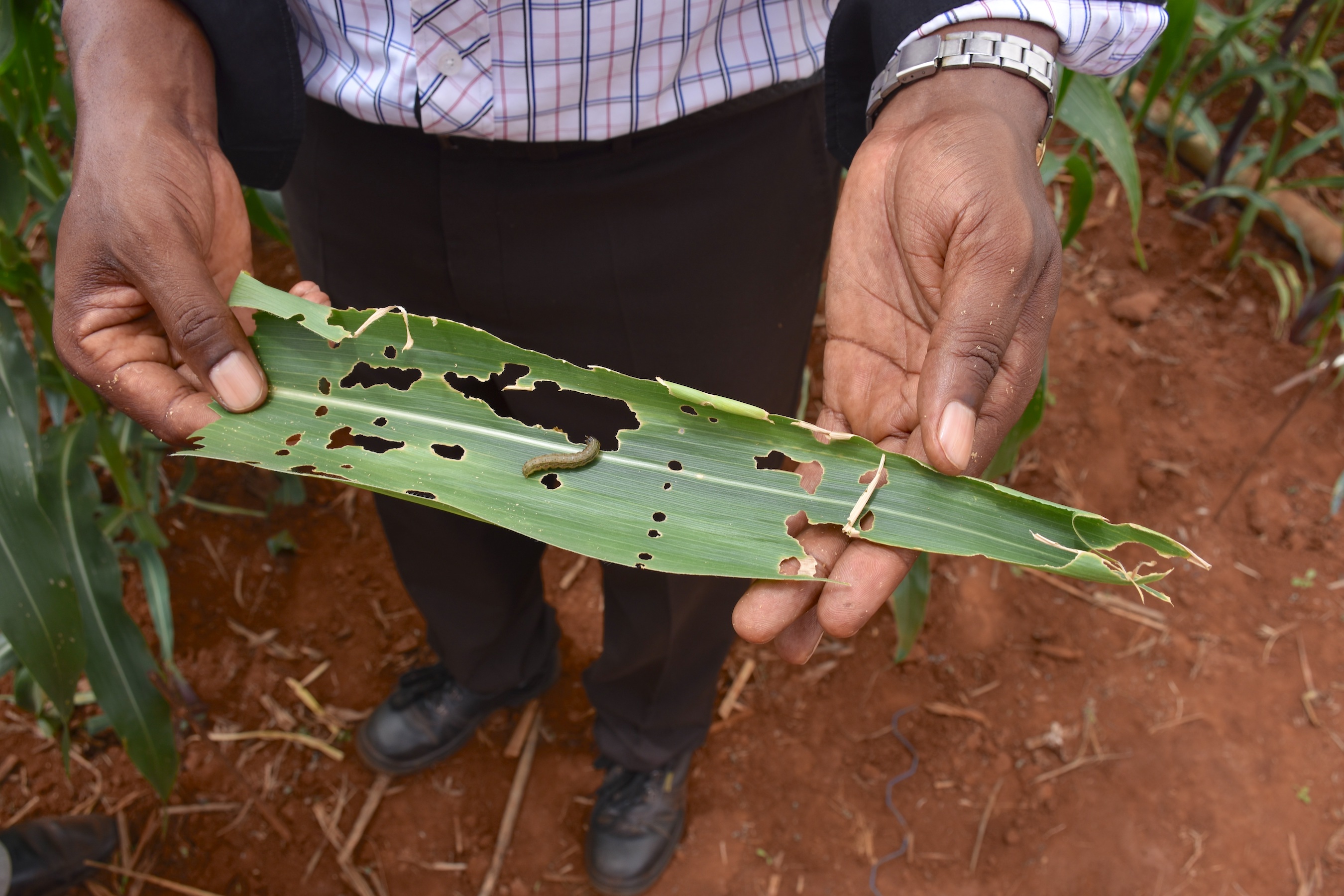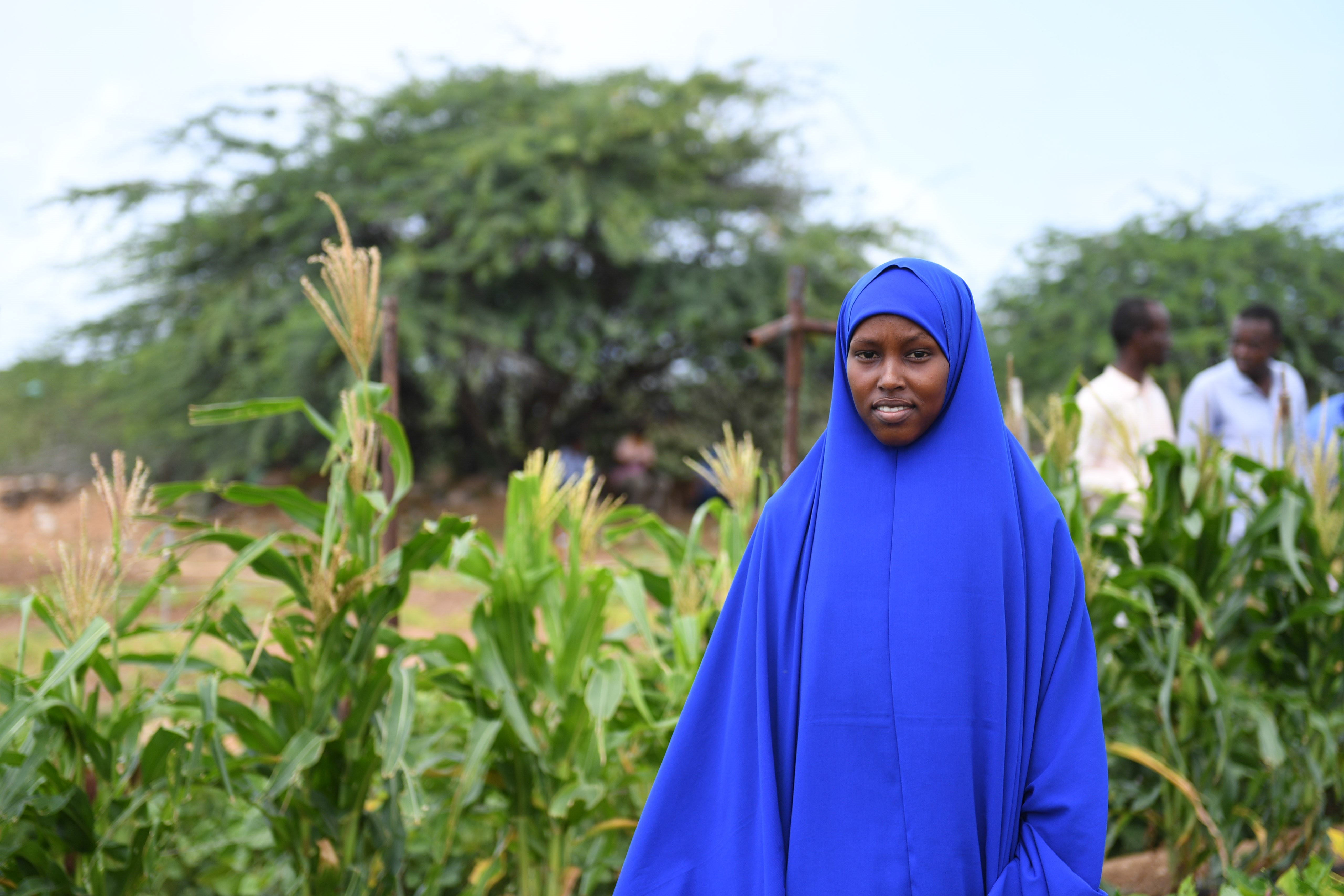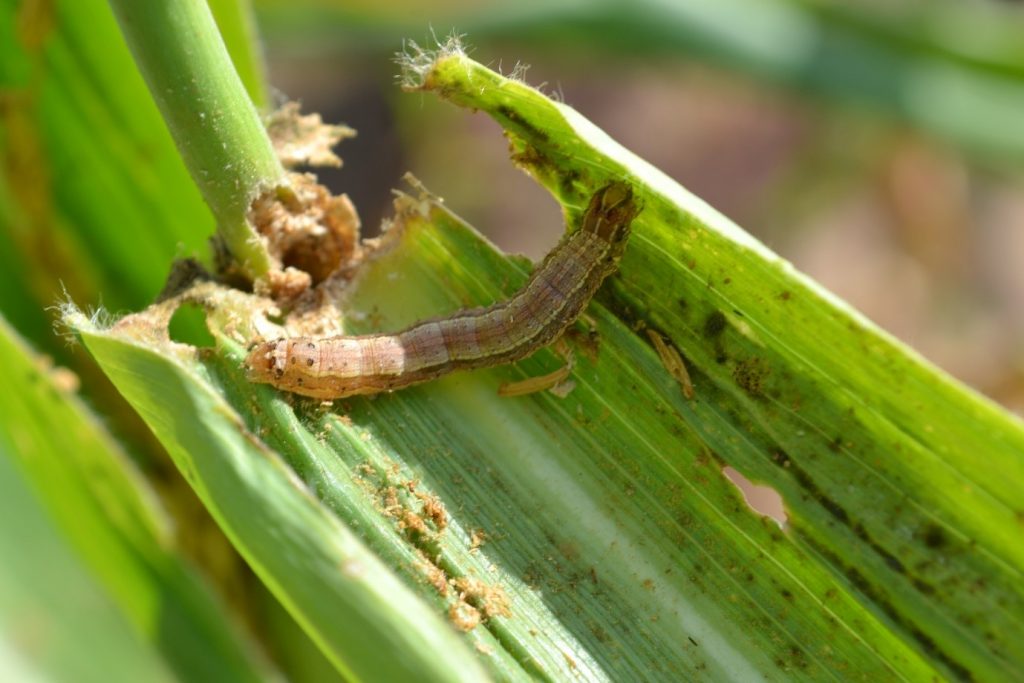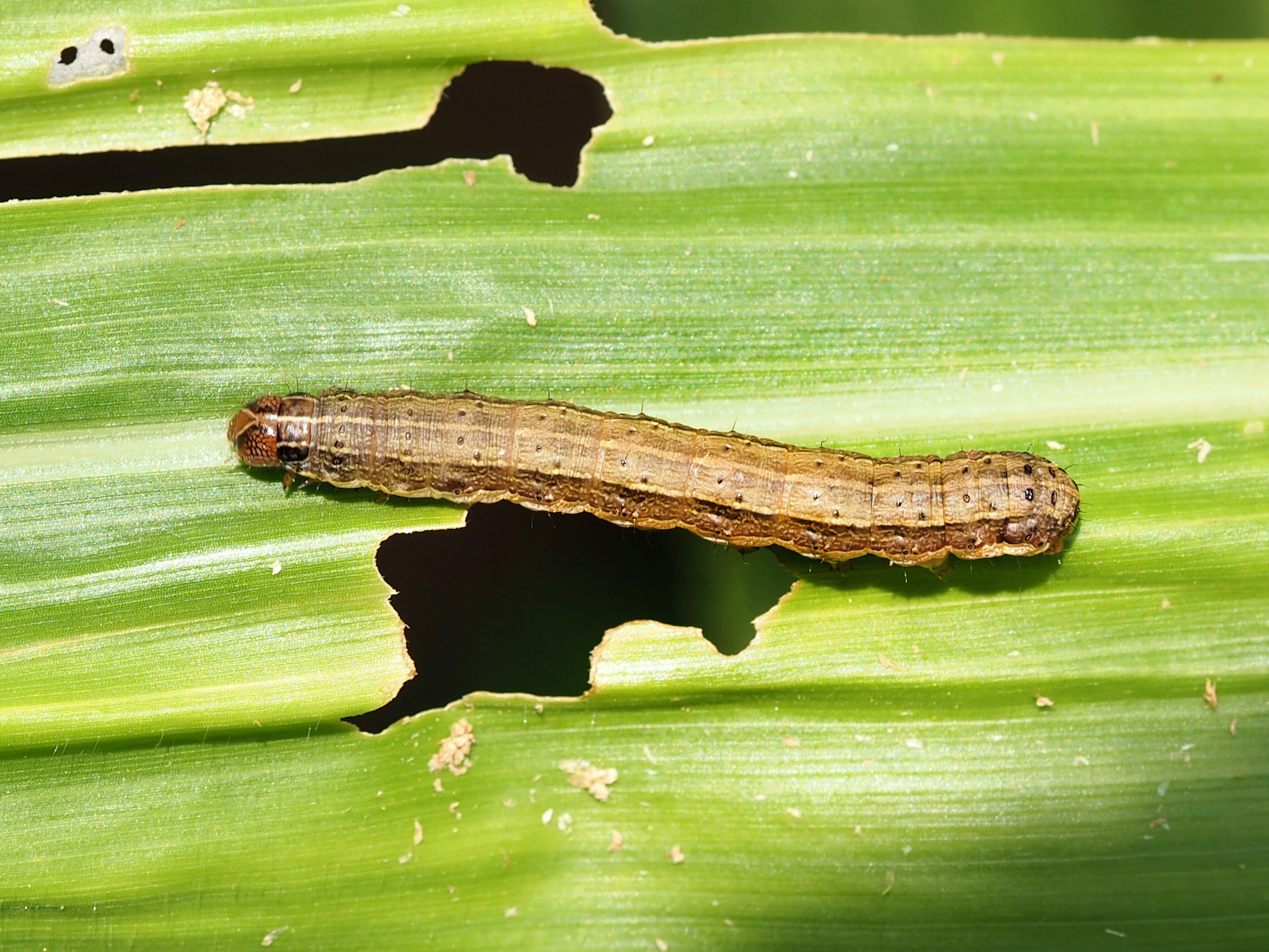The fall armyworm (Spodoptera frugiperda; FAW), an insect-pest native to the Americas, has been a persistent and serious pest of maize for over a century. Public and private sector scientists in the Americas – particularly in Brazil and the United States – have developed and deployed effective strategies to control the pest.
Incidence of fall armyworm was first reported in Nigeria in January 2016, and subsequently in over 40 countries across Africa. In Asia, the pest was first reported in India in mid-2018, and has since emerged in several countries in the Asia-Pacific. Strategies for fall armyworm management in both Africa and the Asia-Pacific can benefit immensely from those already fine-tuned in the Americas, with necessary customization to fit local agroecologies and farming systems. There is also a need to intensively work on various aspects of integrated pest management (IPM) for effective and sustainable fall armyworm management. This includes Research-for-Development (R4D) for discovering, validating and piloting best-bet technological interventions or management practices.
This project brings together the expertise of key institutions with long-standing experience in effectively dealing with transboundary insect-pests to strengthen the capacities of Africa- and Asia-based institutions in fall armyworm management. The goal is to develop and disseminate comprehensive, expert approved, IPM-based fall armyworm pest management practices that will enable various stakeholders – especially farmers, extension agents, and pest control advisors – to effectively scout, determine the need for, and appropriately apply specific interventions to control the fall armyworm in maize and other crops in Africa and Asia.
Objectives
- Develop, publish and disseminate comprehensive, expert-approved, IPM-based information resources for various stakeholder groups
- Integrate traits for fall armyworm resistance into the CIMMYT breeding pipeline
- Establish a fall armyworm Research-for-Development (R4D) Consortium

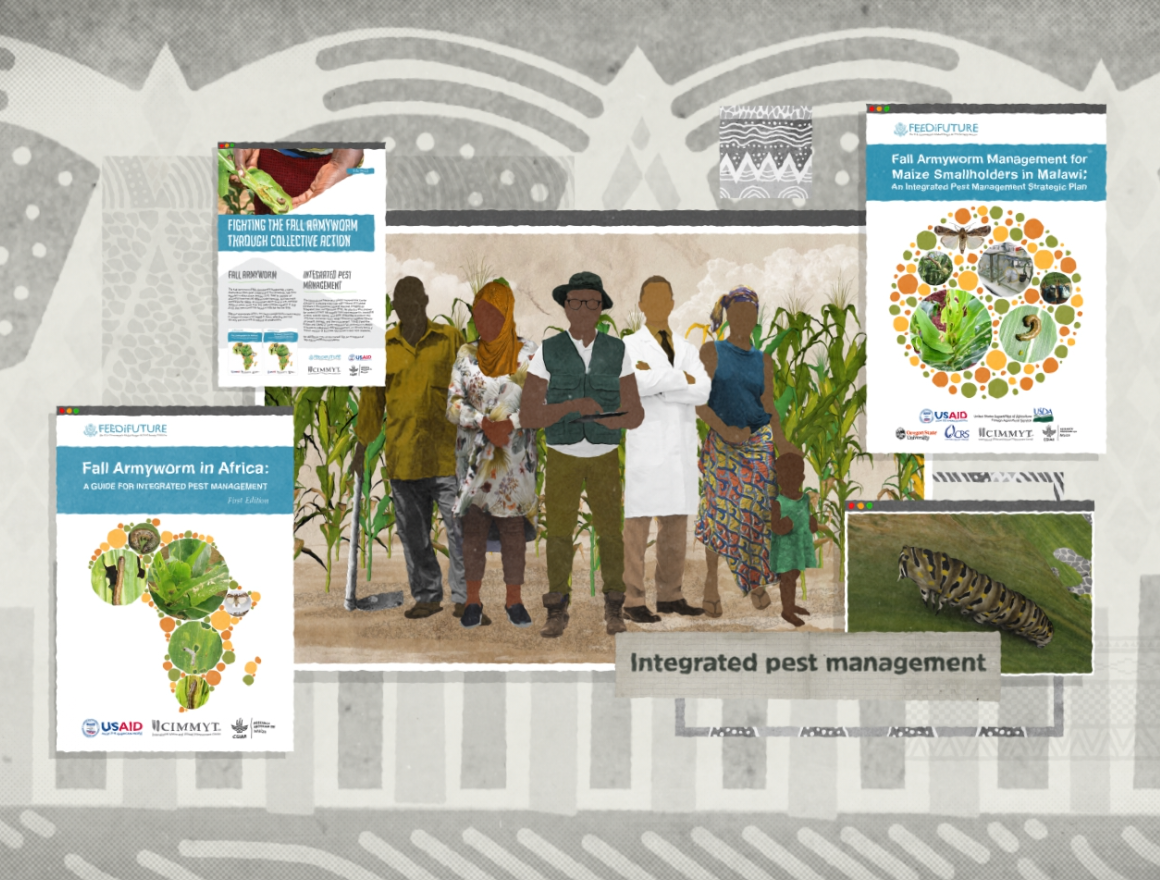
 Environmental health and biodiversity
Environmental health and biodiversity 